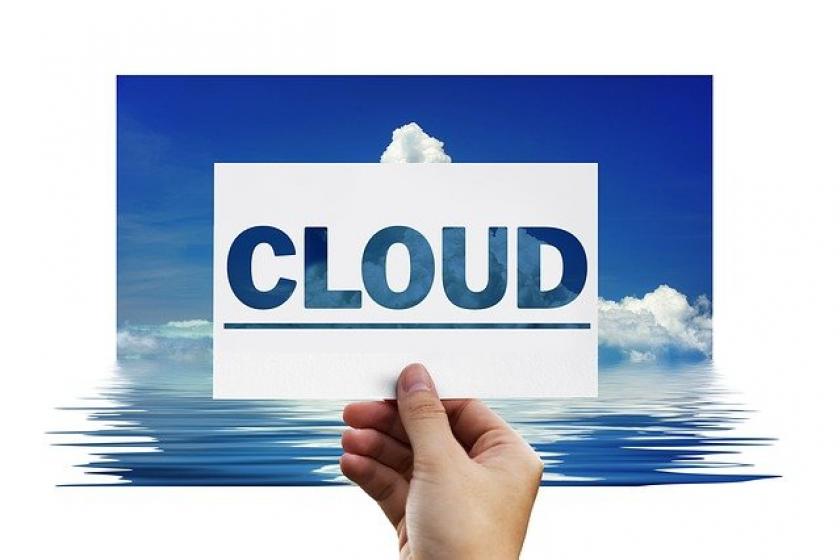After a year of unprecedented challenges, organizations are looking for simpler ways to manage increasingly complex infrastructure models. This year, business and IT leaders can expect smarter infrastructure management solutions to come to them in many instances.
To some extent, 2021 will feel like a redux of 2020 as organizations get back to business, albeit in changed circumstances. Thus, many of the key focus areas from last year that were put on hold – IoT, VR/AR, software-defined networking, software-defined data center, and of course AI – will be jumpstarted.
The most important trend for data centers is the development of technologies and services to support hybrid multi-cloud infrastructure. As cloud ecosystems have matured, many users have found there's no magic one-size-fits-all solution. As a result, the move to hybrid multi-cloud, which was already happening, has been accelerated because of the pandemic.
Throughout the year, there will be a decline in more cutting-edge technology projects. Although many of the large expenditures related to COVID-19 adaptation occurred in Q2 and Q3, there is a need to rationalize the spend and consider long-term operational impacts. Economic and budget uncertainties will limit ambition for more experimental projects with less sure return on investment.
So, if we can safely say that hybrid strategies won, we can now predict the cloud component will not be singular—it will be multi-cloud. This poses new operational and infrastructure management issues.
Using many clouds is becoming more than happenstance and is being intentionally pursued for many reasons, including data residency requirements, resilience, and disaster recovery. Enterprises turned to multi-cloud for resilience reasons, and many companies implemented “multi-cloud by accident” when integrating ad hoc applications for a suddenly remote workforce. The pandemic has accelerated the shift to remote work, and 2021 will continue to see many workers at home. Moving forward, enterprises will work to put a more intentional technology landscape around them. There will also be increased focus beyond day-to-day concerns, which create demand for added cloud architecture. For example, business travel and field service work will remain constrained, so organizations will seek augmented and virtual reality solutions that can compensate.
Hybrid on the rise
The fact is, focus on cloud spending has slowed hardware refresh cycles. Hybrid infrastructure strategies are ascendant, but this trend has so far been characterized by less attention to on-premises. According to Gartner, by 2022, more than 50% of enterprise data will be created and processed outside the data center or cloud, up from less than 10% in 2019. This (along with sheer volume increases from IoT, etc.) adds another layer of complexity at a time that enterprises are eager to get more value from their data. Similarly, software (including SaaS) has been the focus of digital transformation.
The challenge is that infrastructure complexity boosts management complexity. This threatens to send the budget pendulum swinging toward "keeping the lights on" activities over strategic initiatives—unfortunately, just as businesses seek to return attention to innovation projects delayed by COVID-19.
As a result, in 2021, we will see more balanced attention on-premises and hardware (including network) to better match cloud and software, along with efforts to tame this complex infrastructure with new tools, greater visibility, and an increasing reliance on services in many areas. Also bubbling up are the solutions and services to make integration, management, monitoring, and support of such complex environments efficient, flexible, and agile—to serve the business today and to foster innovation going forward.
Exponential increases in time, labor, and cost, as well as a maze of service providers, will demand a more intelligent and flexible approach to cloud computing as we move into the new year. As digital infrastructure complexity increases and the need for agility is heightened, there will be an increasing need for multiple options to keep pace. As a result, multi-cloud environments will create a situation where providers will further reassess their models of delivery.
Paul Mercina, Director of Product Management, Park Place Technologies.









